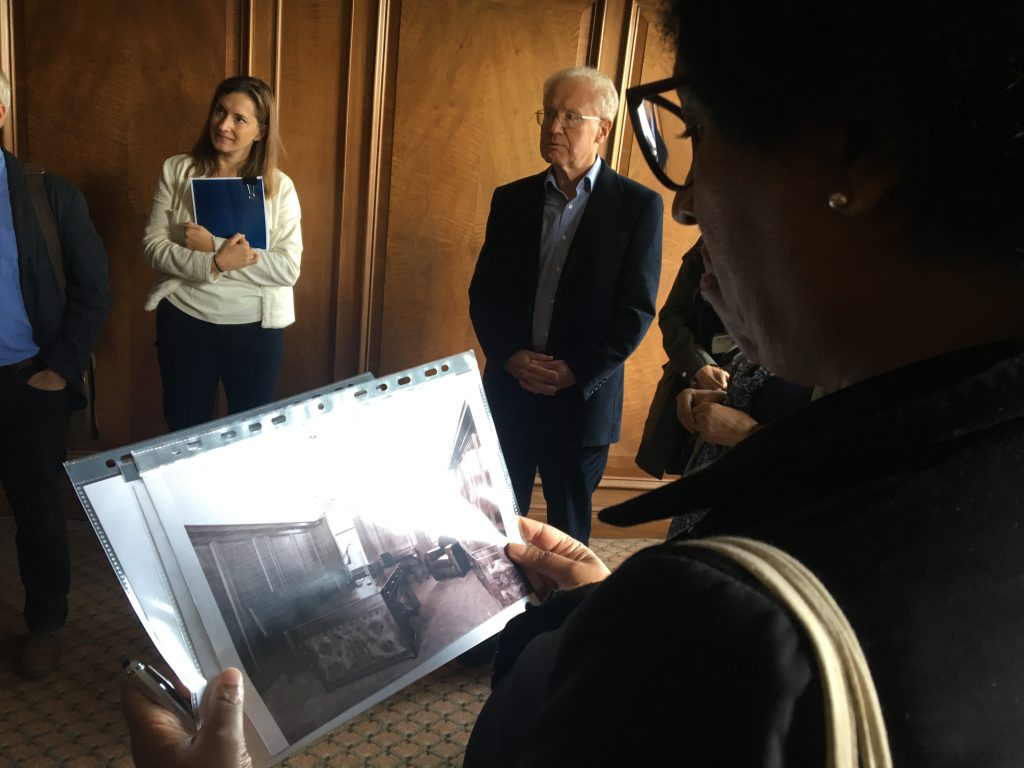Dr Peter Lee of University of Birmingham describes the value of community researchers working in their communities.
How does your form of community research differ from other forms of community research?
If you want to have resilient and sustainable communities you need to have a dialogue between different stakeholders across scales in order to connect the local to the whole over a sustained period of time. The aim of USE-IT! is to connect the local to a broader set of societal and city challenges and opportunities – we are asking questions of the who does the city belong to and how are decisions made that affect local communities and the city as a whole. Community researchers can contribute by asking questions that allow us to understand where their community fits within the bigger picture of how the city is developed and renewed.
USE-IT! community research is innovative because we are aiming to create a more formalised relationship between the production, circulation and consumption of knowledge. Training experts in neighbourhoods in research methods is one mechanism to improve this dialogue with stakeholders and to develop the circulation and production of knowledge. USE-IT! aims to develop a cadre of independent researchers or community experts who can go on to ask questions which challenge and ‘disrupt’ the status quo. Creative disruption is important for any system to be resilient. Therefore it is important for community research to be a key element of a resilience system by testing the fundamental questions of how the city is made.
How have the community researchers been involved in the design and delivery of the research in a co-creative way with UoB?
USE-IT! is based on realist principles and context specific interventions. Halfway through the project we realised that we needed to move to a more purposive and directed programme of research activity. We decided to move to a commissioning research model by identifying clients with a research need and community researchers with research capacity and interest.
Clients came up with a brief at which point we identified CRs interested in the research topic and brought the University of Birmingham, clients and community researchers together to co-design the research project. This process of co-design is important as it yields a lot of interesting questions whilst providing an opportunity for the worldview of the client and the university / HE sector to be tested from the perspective of neighbourhood experts. This also leads to a more triangulated and appropriate methodology that can be supported by the community researchers which enhances the robustness, legitimacy and validity of the research.
Can you give us some practical examples of how the researchers have engaged their local community?
We currently (as of September 2019) have around 30 projects which have been co-designed by community researchers using this approach. The community researchers have not only been involved in spatially discrete projects such as a canal adoption project, but also community focused projects focusing on bereavement, the needs of marginalised mothers, the experience of the Windrush generation (to name a few) and have been engaged on community economic development plans for the area.
To further explore the potential of community research in communities, contact Dr Peter Lee P.W.LEE@bham.ac.uk

